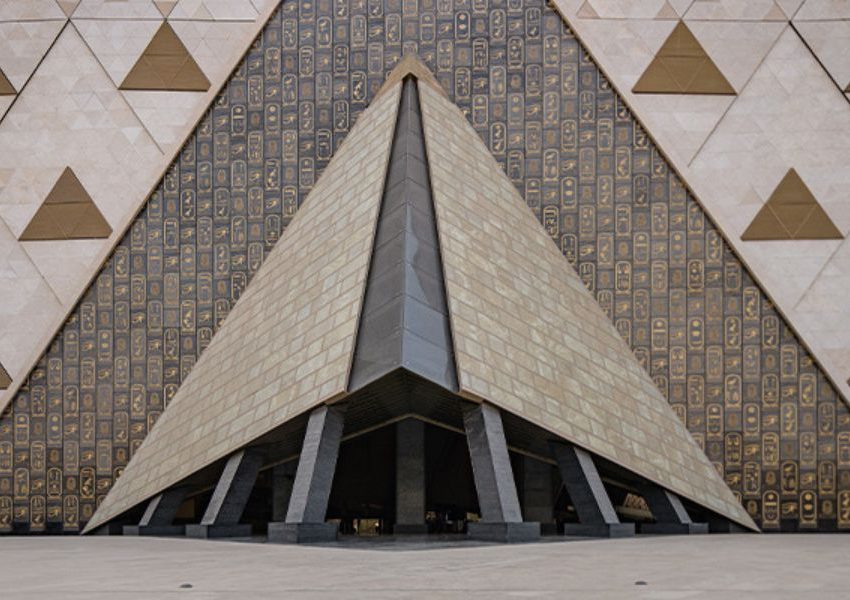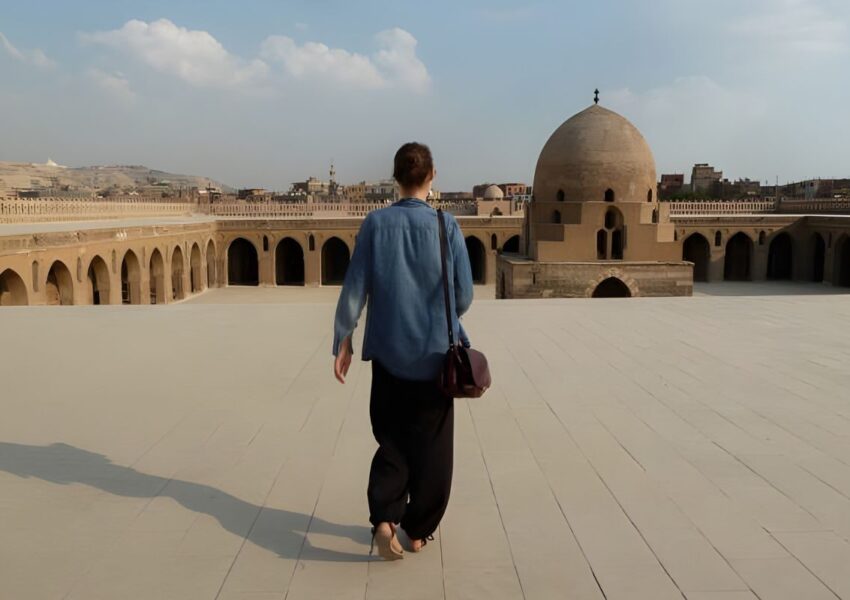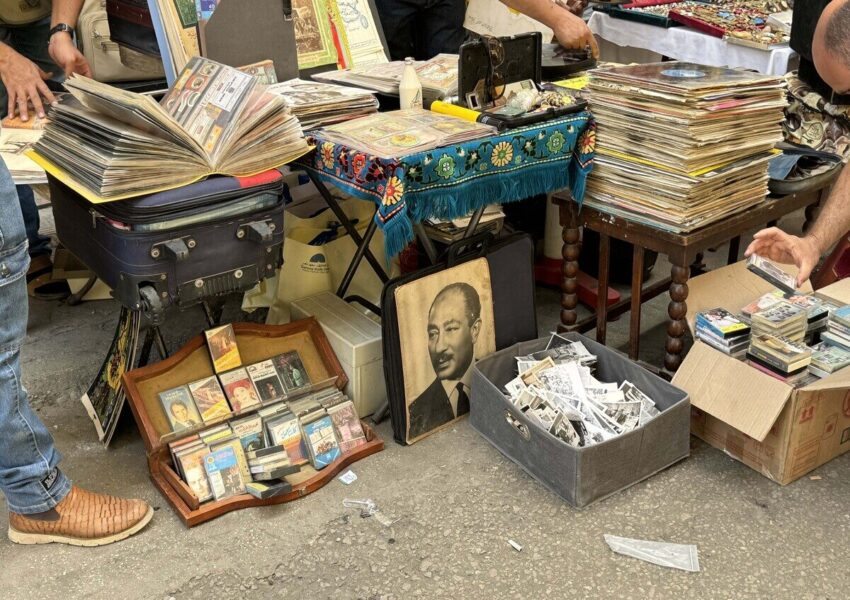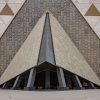Introduction – When Pictures Began to Speak The first time I ducked into a rock-cut tomb at Saqqara,…
No other nation in the world says ‘Welcome’ as often as the Egyptians, and every time, they mean it. While the ancient civilization of Egypt continues to amaze, contemporary Egyptians are equally remarkable.














